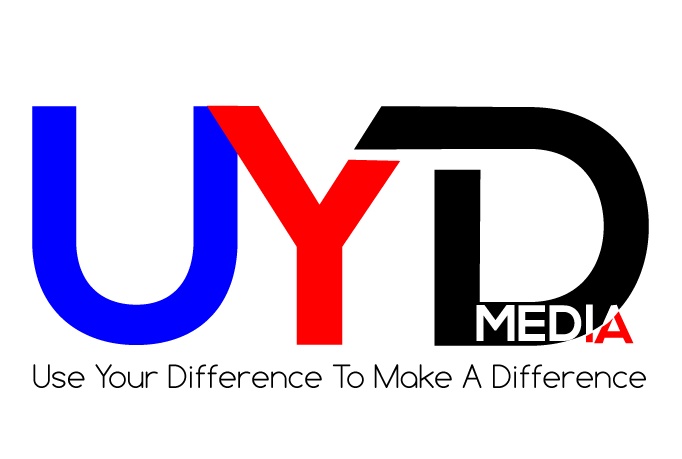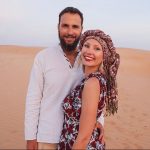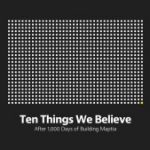I’d like to start by acknowledging you all, whatever stage you are at with scoliosis, and reminding you that however you are feeling right now, it’s important to continually salute your bravery and determination through the pain you experience on a daily basis. Our pain is a great teacher. It tests our resilience and endurance, something that scoliosis sufferers have to have in abundance on their journey. And that’s really what the condition is, a journey on which we need to learn to navigate and love our curves even when they are giving us the most excruciating pain.
When I began to write this, I was so excited to be able to share my story and help fellow sufferers. But sitting down to do it was a surprisingly difficult task, as part of me had forgotten just how much emotion is connected with the condition. At points, I experienced extreme pain that I hadn’t had for some time and I knew it was directly related to the emotional stuff I was digging up whilst writing. What do I mean by the connection between scoliosis and our emotions? Well, I believe, after having discussed with the experts I’ve worked and studied with, that many forms of scoliosis are directly related to a traumatic event in our lives. The structural scoliosis may already be there, but the movement of the curves and the first onset of pain is usually brought on by some kind of trauma or emotion.
My pain began when my parents’ divorce became particularly turbulent. I remember thinking that I was partly responsible for their break-up and the chaos that followed. At the time, I made no connection between shouldering that responsibility and my pain, I was just 12 years old, but over the past few years, every time I’ve been to see a specialist in search of more help with my pain – whether it be for Rolfing, Cranio-sacral therapy, Marma point therapy, Yoga or anything else – the first question they’ve all asked me has been ‘was there something else going on in your life at the time you were diagnosed?’
Once told by osteopaths that my scoliosis was idiopathic and directly related to a growth spurt, I’ve since found out that my condition was congenital, meaning as I’m sure many of you know, that I was born with it. After studying baby pictures with my Rolfer at the time Jennie Crewdson and uncovering more trauma after discussing the difficult events of my birth (my Mother nearly died in childbirth, I was in an awkward position in the womb for most of the pregnancy, and I was born breech and yanked out into the world with forceps when I should have been born by caesarean), there was no doubt the scoliosis had been there all along and had gone unnoticed.
I experienced a huge amount of sadness, anger and frustration at this news because I’d only just found out at the age of 30 that I’d had this condition in my body since birth. Why had no one noticed it when I was little? But something that I’ve begun to do is start to learn to love my scoliosis rather than continue to get frustrated by it, whatever new information I find out. To appreciate it and accept it for the way it is means using it as a guide and a gift rather than fighting with it or continually looking for someone to ‘make me straight’. Although it is a work in progress, I’m learning to love my spine and neck and get to know how they work and move. My questions used to be ‘why have I got this, why has this happened to me’, but now they are ‘what can I learn from this, what can it teach me?’
Maybe some of you are reading this and thinking ‘why on earth would I ever love my condition?’ Especially those of you who have severe forms of it, or those who have had to endure painful surgeries, and I remember thinking the same. When I was diagnosed I felt disgusting, like an old crippled lady. And words like disgusting or deformed were words that would then feature heavily in the language of my teenage years and in the way I felt about myself as a person. I let my scoliosis define who I was and even almost introduced my condition before I talked about anything else in my life, as if it was the main facet of my personality. For years, I was living in that same constrained, frustrated and hyper-vigilant state that I entered the world in as a baby. I was often scared to do things or worried that certain movements would aggravate my back, and was even told to avoid yoga when I was younger! What I’ve learnt is that my negativity towards my spine then in turn makes the physical pain worse and that’s where the inextricable link between our bodies and our emotions becomes fascinating, and through no one did I learn this more truthfully than my teacher Ana Forrest.
I discovered Forrest Yoga via one of my first teachers Charlotte Speller. She made me realise that my scoliosis was a gift rather than a curse and suggested that I use it to help other sufferers. Even at that stage I was still making assumptions that having scoliosis meant that I couldn’t do something physical like go and become a yoga teacher if I wanted to. During my training, something that came up for me that I wasn’t expecting was anger. I’d had no idea how angry I’d been at being in pain all these years and part of me was angry that I hadn’t been able to articulate the pain I was feeling when I was younger or how it had made me feel on an emotional level. Interestingly, Ana talks about this very thing when she describes her work with scoliotics. “I have worked with many students with scoliosis and there are some key similarities among them. One similarity is anger. Many scoliosis people have accumulated a backlog of responsibility that doesn’t belong to them. This generates frustration and anger. A lot of anger is turned inward – to the scoliosis areas of the back – and they don’t know how to express those feelings externally.”
Ana Forrest’s teachings helped me to realise that if you’re really committed to healing yourself, anything is possible. The focus on relaxing the neck instead of tensing it and holding it up like other forms of yoga require students to do was like a coming home for me. Until my first Forrest class I’d had no idea how much habitual emotion and tension I’d been holding in my neck, the point in my body where the second curve is most visible. Studying Forrest has also helped me realise that scoliosis is not just about the spine. We tend to pour all our frustrated and hateful energy into that one area, however, our body is a whole and we need to work with it in that way. I was completely unaware of the tension I had been carrying in my hips and jaw until beginning a yoga practice. Now, keeping my hips open and supple is essential to managing my back pain, as well as doing regular backbends which is something I didn’t think my body could do, or was even allowed to do before I met Charlie. Ana’s intelligent sequencing showed me how to move into backbends safely and now they are one of the most therapeutic things I can do for my spine.
Through Forrest yoga I’ve learnt to heal parts of myself I didn’t know were broken, emotionally and physically, and I now have a toolbox to manage my pain that I’ll be forever thankful to Charlie and Ana for. Whilst away on my training, Ana held a signing for her book Fierce Medicine. Inside my copy she wrote ‘Dear Natalie, navigate the curves with awe and fascination’ and I invite you all to do the same.
About Natalie Edwards
Natalie Edwards is a writer and Women’s Health & Mindfulness Coach. Fascinated by the body-mind connection, through powerful coaching, yoga and meditation, she helps people reconnect to their bodies, uncover hidden parts of themselves, and come back to a more inspired and truthful way of living. You can find out more about her work at natedwards.co.uk.




